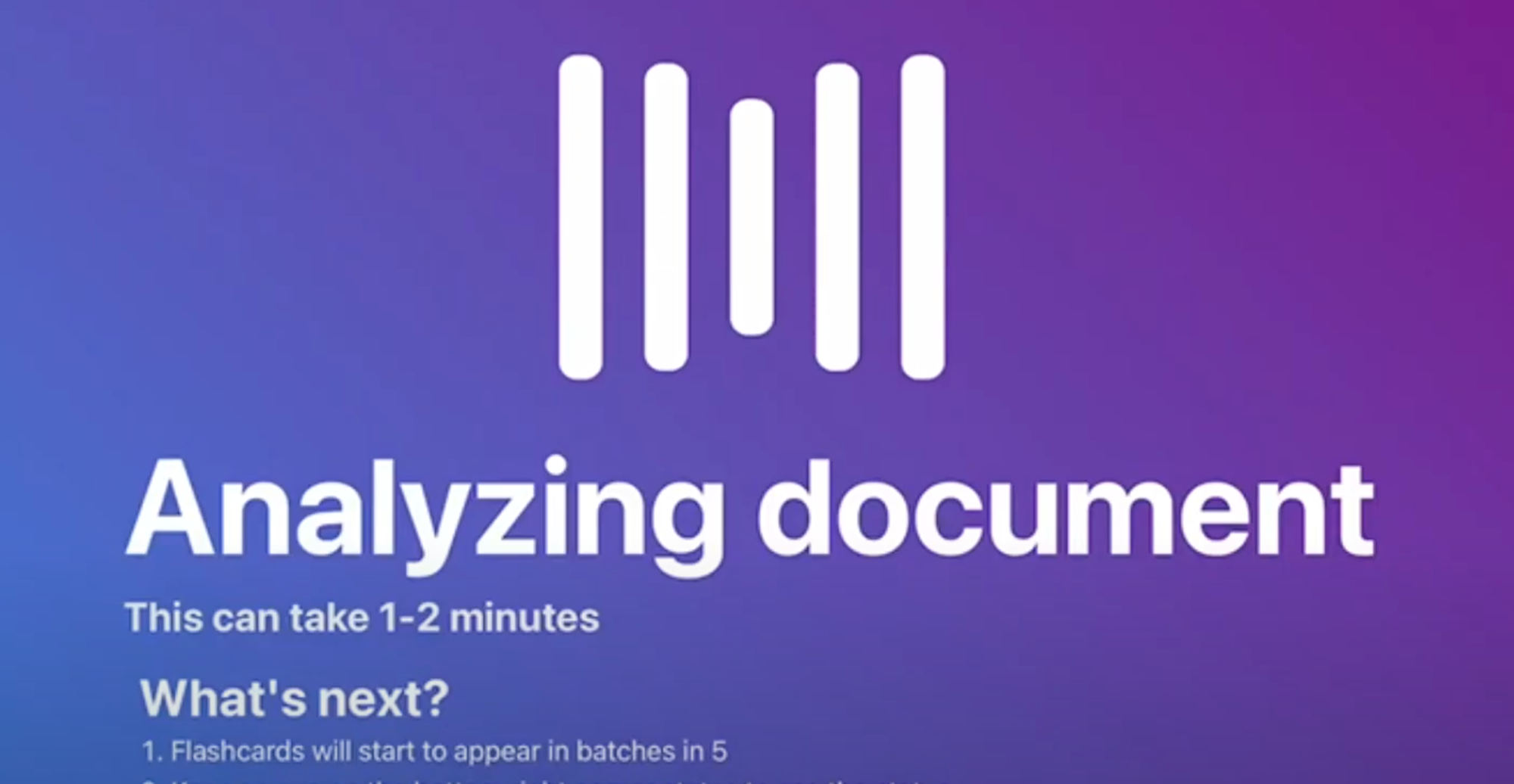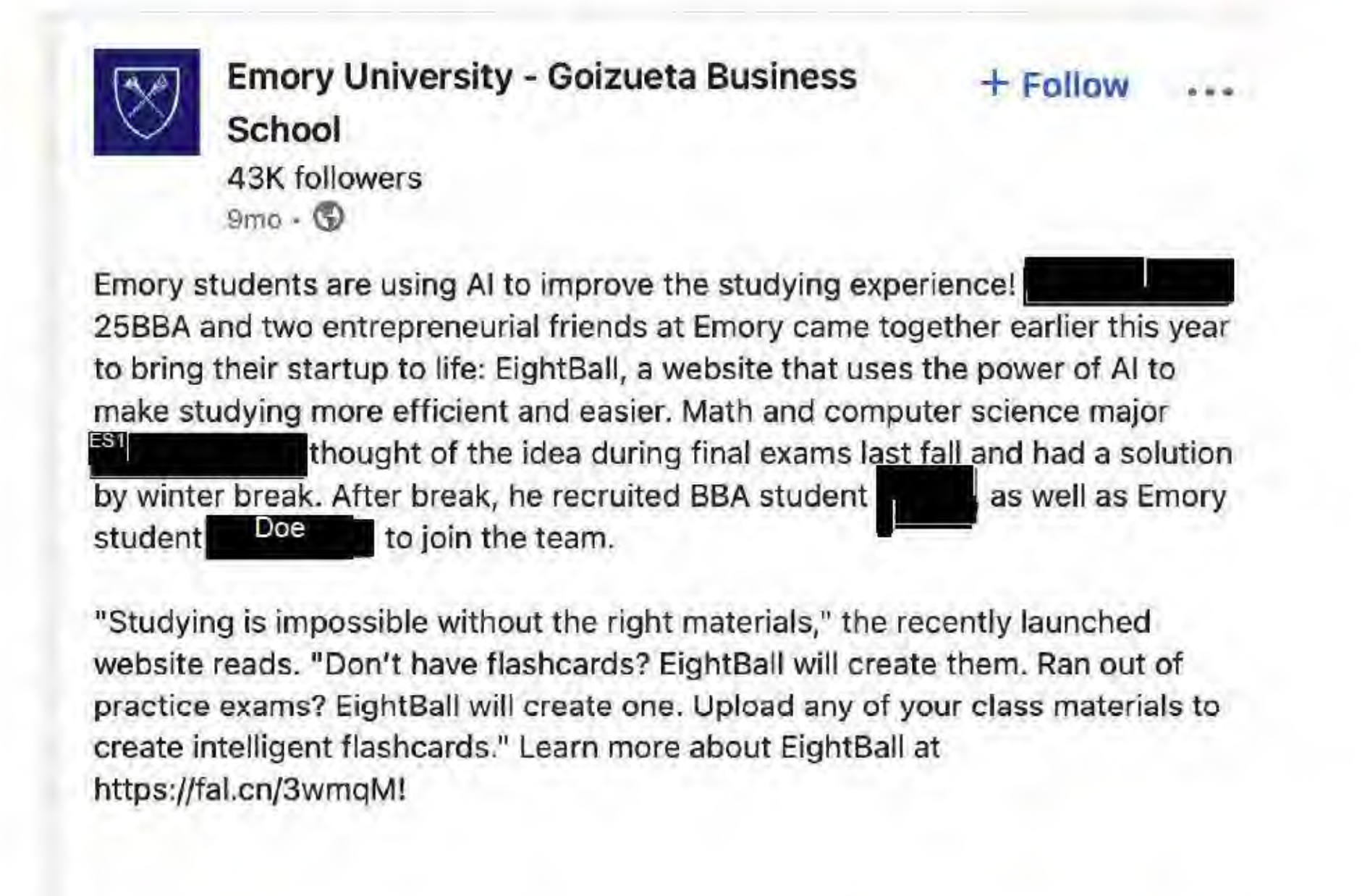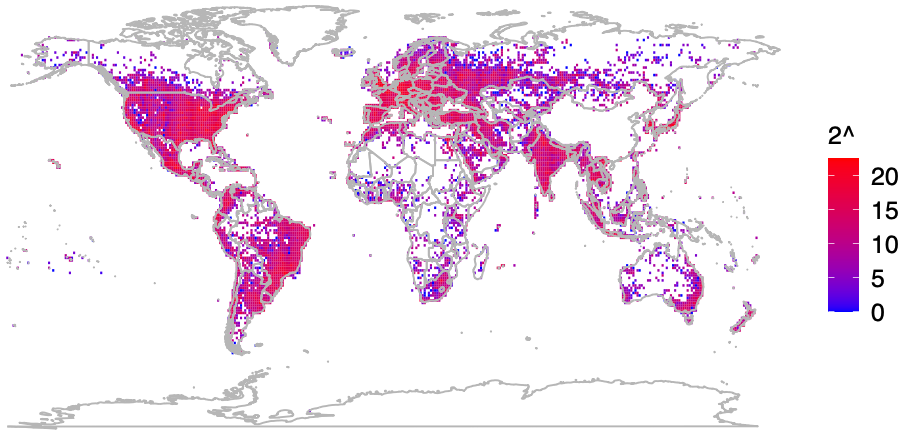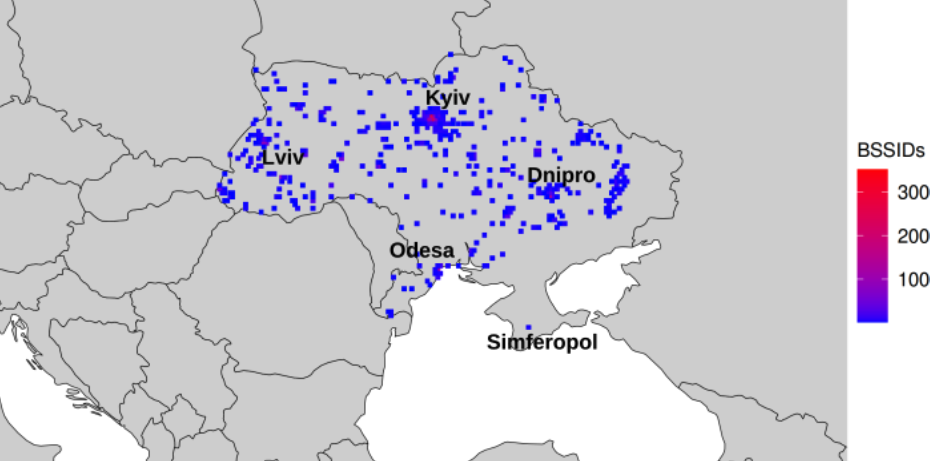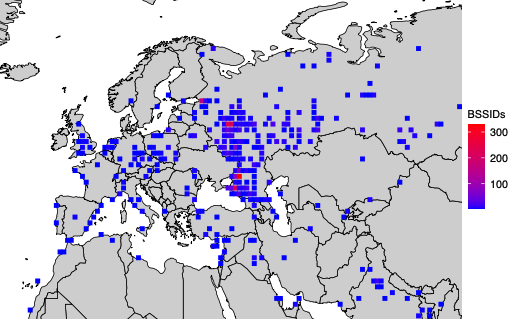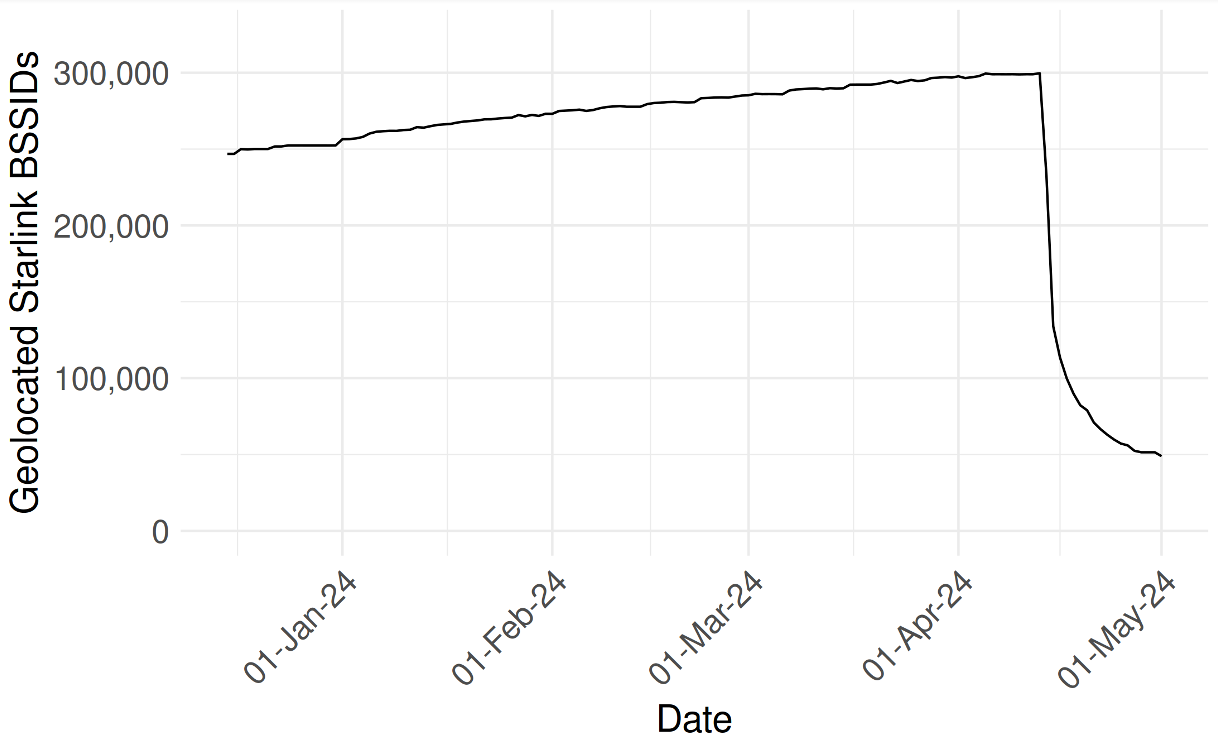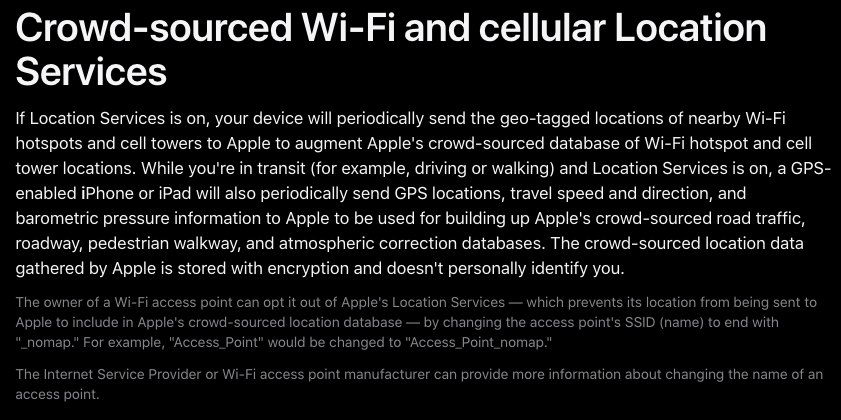A group including a self-styled aristocrat, a former far-right politician and retired military officers sought the approval of the Russian state as it plotted a violent “seizure of power” in covert meetings at motorway service stations and a hunting lodge, a court in Germany has heard.
On the first day of their trial, nine defendants appeared in court in Frankfurt charged with high treason, facing allegations they plotted over a period of about 18 months to overthrow the state.
In what the group is said to have called the “Reactivation of Germany”, the self-declared Patriotic Union stands accused of planning to storm the Reichstag. It allegedly aimed to take MPs hostage and show a shackled chancellor, Olaf Scholz, on television in expectation of winning over ordinary Germans.
All the accused deny the charges.
In a 64-page indictment, read by prosecutor Tobias Engelstätter, the court heard on Tuesday how the group known as “the council”, the political wing of the Patriotic Union, was believed to have formed a terrorist organisation around the alleged ringleader, Heinrich XIII Prince Reuss. Had the alleged coup succeeded, the plotters had allegedly planned for Reuss to become Germany’s new chancellor.
Engelstätter alleged that the group had gradually fleshed out its plans and attempted to recruit new members, making investigatory visits to the Bundestag, the German parliament, using the pass of one of the defendants, Birgit Malsack-Winkemann, a former politician for the far-right Alternative für Deutschland.
The prosecutor also claimed the group, which he said had met in various locations across Germany including Reuss’s hunting lodge and motorway service stations, had feverishly pursued conspiracy theories around the QAnon movement.
The group had allegedly also sought the support of the Russian state via Reuss’ girlfriend, Vitalia Bondarenko, who is accused of approaching officials at consulates in Germany and Slovakia.
The court heard how the group was accused of gathering a considerable cache of guns, weapons, ammunition and other military equipment, from night vision goggles to a range of knives.
“They knew their seizure of power would involve the killing of people,” the prosecutor said.
Engelstätter alleged that, ahead of what the group collectively referred to as “Day X”, Peter Wörner, a former army officer, had posted a video on YouTube in which he appealed to the German public to “not fall victim to fear and lethargy” and to support the coup, in order to rid Germany of the “criminal clique” in reference to the government.
The defendants – seven men and two women – were led into the purpose-built court flanked by armed police officers for what has been described as the most important of three trials of suspected members of the anti-constitutional Reichsbürger scene.
They spoke only to confirm their names, addresses and marital status. Asked by Judge Bonk if his name was Heinrich XIII and if he had been born in Thuringia, Reuss answered: “That is correct,” in a quiet, raspy voice. Dressed in a dark jacket and trousers, navy pullover and open-necked shirt, the 72-year-old estate agent greeted fellow defendants before taking his place in court.
Variously dressed in hunting jackets, suits, hoodies and Burberry scarves, many of the accused waved and smiled at each other and chatted with their lawyers after being led to their seats. One of the women covered her face with a grey folder.
The defendants were arrested in December 2022, when heavily armed forces stormed houses, flats, offices and a remote hunting lodge. Investigators had been surveilling the group for months.
The trial was slow to get under way on Tuesday after several lawyers lodged complaints to the judge, in which they expressed their objections to the proceedings taking place at all.
Bonk rejected a request for the trial to be filmed, after lawyers for the defendants argued it was of “huge historical importance”.
It is unclear which of the defendants will actively participate in the trial, but the legal team for Reuss said he would not answer questions “due to a lack of trust in the entire process”.
Outside the court, Roman von Alvensleben, a lawyer for Reuss, told journalists he found his client’s views as “crude and jarring” but denied that he had been the plot’s ringleader. He objected to the fact that, because there were three trials in separate locations, “it is almost impossible to follow the cases properly and to cross-reference them”.
Across the three trials, a total of 26 defendants are in the dock for their alleged involvement in the plot. A 27th, a 72-year-old who had been due to go on trial in Frankfurt, recently died.
A court in Stuttgart is trying the alleged military wing of Patriotic Union, while Frankfurt’s trial focuses on the alleged ringleaders. A trial in Munich, due to the start in June will focus on the so-called “esoteric wing” of the organisation.
Of the hundreds of witnesses who have been called to give evidence, several are expected to appear before all three courts.
The Frankfurt trial is taking place in a purpose-built metal warehouse on the outskirts of Germany’s financial capital, with the public and press galleries separated from the main courtroom by a broad window of bulletproof glass.
The group on trial is part of a growing movement known as Reichsbürger, or citizens of the Reich, now estimated by German authorities to number about 23,000, who refuse to acknowledge the legitimacy of the modern state and would like German borders to be redrawn to pre-1918 lines.
All three trials are scheduled to in theory last for months but are expected in practice to go on for a year or more.
The case continues.

